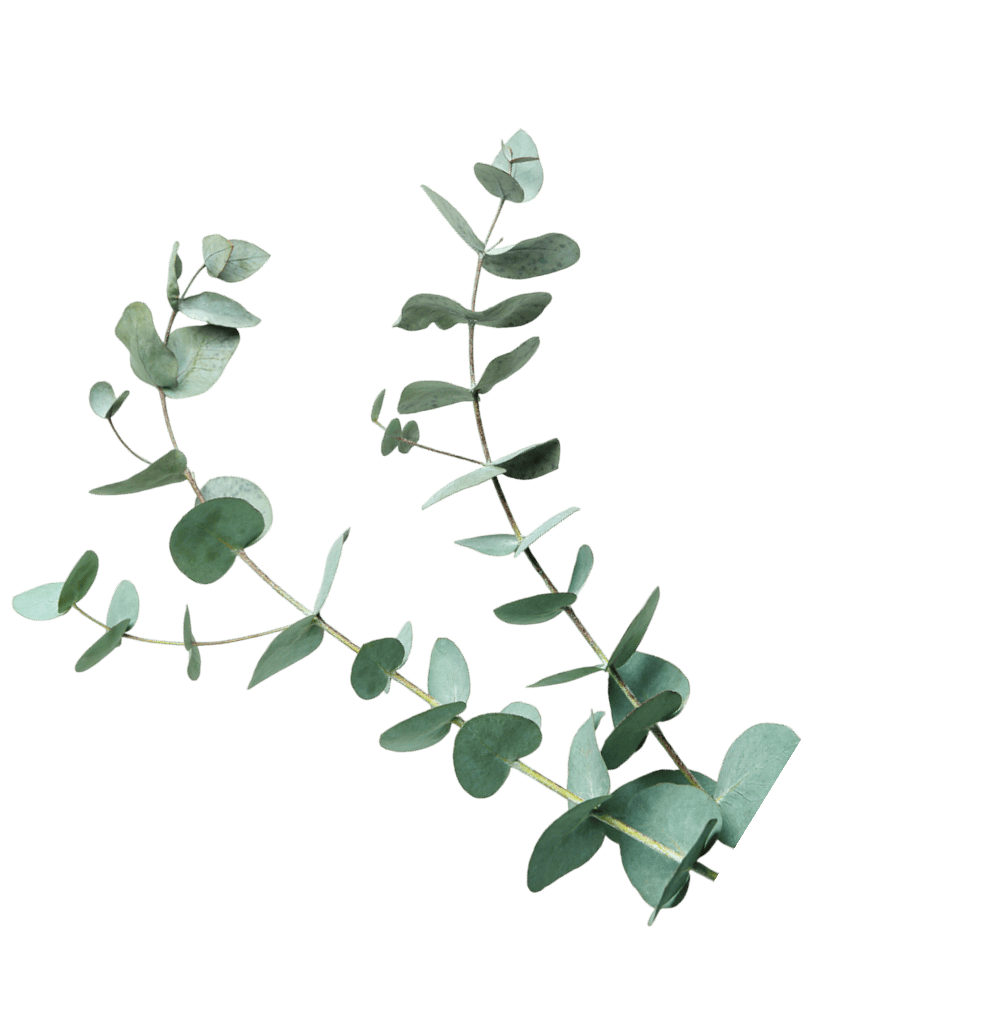Experience personalized, eco-friendly lawn care with Imperial Lawncare, where quality and customer satisfaction come first.
Still have questions?
Can’t find the answer you’re looking for? Please chat to our friendly team.
Fertilize in the fall and clear debris to ensure your lawn is healthy and ready for the winter months.
Watch for discolored patches, thinning grass, or unusual growth patterns as indicators of potential lawn disease.
Maintain a healthy lawn through proper fertilization and mowing to naturally suppress weed growth.
Mow your lawn in the early evening to prevent stress from the midday sun and allow time for recovery.
Water your lawn deeply once or twice a week, depending on weather conditions and soil type.

Experience personalized, eco-friendly lawn care with Imperial Lawncare, where quality and customer satisfaction come first.

Generally, you should wait at least 24 hours after treatment before using your lawn, but always follow specific product instructions.
Choose a balanced, slow-release fertilizer tailored to your grass type and local soil conditions.
Look for irregular brown patches and increased bird activity, which may indicate grub presence.
Keep most grass types between 2.5 to 3 inches tall for optimal health and growth.
If your lawn has poor drainage, compacted soil, or excessive thatch, it may benefit from aeration.